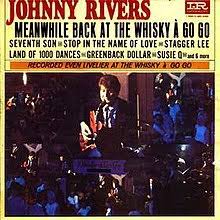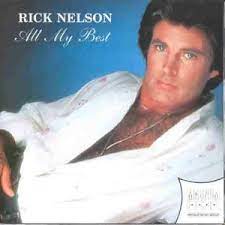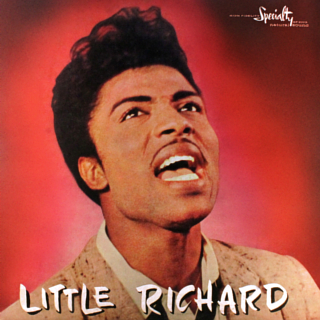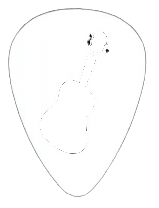- Home
- 50s & Vegas
- Elvis Songs in the 50s Vol 3
Elvis Presley Guitar Lessons from the 1950s – Volume 3
Volume 3 of our Elvis Presley 1950s guitar series dives even deeper into the King's early catalog, offering another exciting mix of rockabilly, blues, and heartfelt ballads.
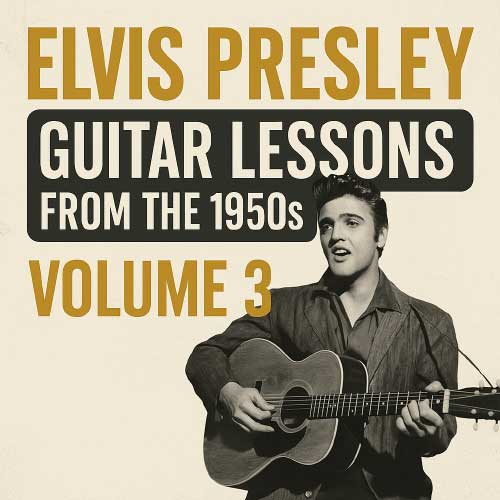
From the iconic “That’s Alright Mama,” the song that kicked off Elvis’s career, to the tender charm of “Teddy Bear” and the sultry tones of “Such A Night,”.
This batch of 10 songs gives you the tools to play some of the most foundational tracks in rock history.
All lessons are arranged for acoustic guitar, blending easy chords, strumming, and recognizable melodies perfect for solo performers or jam sessions.
🎸 Overview Video - “Watch This Preview of My Elvis Songs In The 50s Vol 3”
Soon.
Easy Elvis Guitar Songs
Elvis Songs In The 50s
Elvis Songs In The 50s Vol 2
Elvis Guitar Songs From The 70s
Elvis Guitar Songs From The Movies Vol 1
Elvis Guitar Songs From The Movies Vol 2
Elvis Presley Love Songs Vol 1
Elvis Presley Love Songs Vol 2
----------------------------------------------------------------------
Elvis Presley Coloring Pages
Elvis Presley Wall Art
Elvis Presley Guitar Songs List
1. One Night With You
2. Paralyzed
3. So Glad You're Mine
4. Such A Night
5. Teddy Bear
6. That's Alright Mama
7. Treat Me Nice
8. Trying To Get To You
9. When My Blue Moon Turns To Gold Again
10. You're A Heartbreaker
1. One Night With You - Learn To Play On Guitar
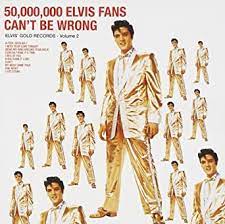
One Night With You was a 1956 song that was a hit for Smiley Lewis. Elvis had a larger success after he re-wrote some of the lyrics and got approval to record it from the record label.
His release was in 1958 and hit #1 in the UK and #4 in the US. This one can be found on the "50,000,000 Elvis Fans Cant Be Wrong" album.
Chords And Strumming
This one I play in standard tuning with a root up down up root up down up rhythm pattern with some riffs and down strokes. No picking required with the chords E, A, B7, E7 and a Gb.
Guitar Lesson Details - (chords & lyrics sheet incl with lesson)
Chords & LyricsBack To Song List
2. Paralyzed - Learn To Play On Guitar
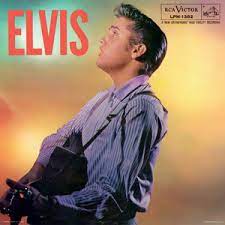
Paralyzed was recorded by Elvis in 1956 for his album Elvis.
The song was never a single release.
Chords And Strumming
For rhythm here play a down up down up down up with some walking bass in standard tuning. No lead work here with the chords A, D, D7, G and E.
Guitar Lesson Details - (chords & lyrics sheet incl with lesson)
Chords & LyricsBack To Song List
3. So Glad You're Mine - Learn To Play On Guitar
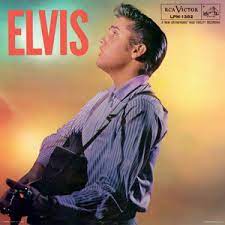
So Glad You're Mine hails from Elvis's 2nd album released in 1956 called simply Elvis.
This song was never a single release.
Chords And Strumming
This one is played higher in E but I play it in a drop D tuning with D7, G and an A. The rhythm is a simple down up down up with a bit of bass note playing and some lead work.
Guitar Lesson Details - (chords & lyrics sheet incl with lesson)
Chords & LyricsBack To Song List
4. Such A Night - Learn To Play On Guitar
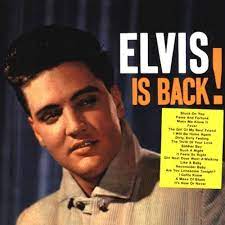
Such a Night was originally written and recorded by R&B artist Roy Brown in 1953, but Elvis covered the song and released his version in 1960. Elvis's rendition of "Such a Night" was featured on his album titled "Elvis Is Back!" which was released in the same year.
Elvis's version of "Such a Night" showcased his unique vocal style and blended elements of rock and roll, rhythm and blues, and rockabilly. It remains a popular and well-known song in Elvis's repertoire.
Chords And Strumming
This one you can play in standard tuning with the chords D, A, D7 and G with no lead. The rhythm pattern is a steady down up down up pretty much all the way through.
Guitar Lesson Details - (chords & lyrics sheet incl with lesson)
Chords & LyricsBack To Song List
5. Teddy Bear - Learn To Play On Guitar
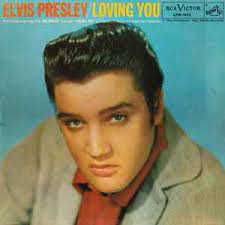
Teddy Bear is a popular Elvis Presley song from 1957. It was written by Kal Mann and Bernie Lowe. The song is a fun mix of rock and roll and doo-wop, with a catchy tune.
In the song, Elvis sings about wanting to be his girlfriend's "teddy bear" and protect her. It shows off Elvis's smooth voice and upbeat style.
"Teddy Bear" was a big hit. It reached #1 on the US charts and was popular in other countries too. This was Elvis's seventh #1 hit in the US, helping make him a big rock and roll star.
The song was also part of Elvis's album "Loving You," which came out the same year.
Chords And Strumming
I use drop D tuning here but no lead work required as you move through the chords G, Gb, F, C, C7 and C. For rhythm you'll need a down up stop up down up stop up with a fast shuffle and some walking bass.
Guitar Lesson Details - (chords & lyrics sheet incl with lesson)
Chords & LyricsBack To Song List
6. That's Alright Mama - Learn To Play On Guitar
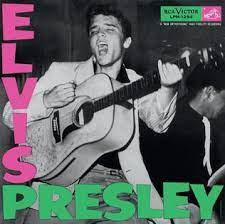
That's All Right Mama was the first commercial single by Elvis and is considered one of his breakthrough songs. The song was originally written and recorded by blues musician Arthur "Big Boy" Crudup in 1946.
Elvis's version of the song was recorded at Sun Studio in Memphis, Tennessee, on July 5, 1954. It combined elements of blues, country, and rockabilly, creating a new and exciting sound that would become a cornerstone of rock and roll.
The single was released on July 19, 1954, and received positive reviews, helping to establish Elvis as a rising star in the music industry.
Chords And Strumming
This one is in A, A7, D7 and an E7 with a root down up down up down up and repeat rhythm pattern in standard tuning and some lead work required.
Guitar Lesson Details - (chords & lyrics sheet incl with lesson)
Chords & LyricsBack To Song List
7. Treat Me Nice - Learn To Play On Guitar
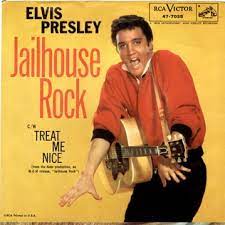
Treat Me Nice was a B-side song to the A-side single Jailhouse Rock which was release back in 1957.
The song also appeared in the Jailhouse Rock film.
Chords And Strumming
This one I play in standard tuning with the chords G, C, C7, F, D7, G7, Adim, C#7 but there is no lead work in this song. For rhythm I play a down up stop up down up stop up and repeat pattern.
Guitar Lesson Details - (chords & lyrics sheet incl with lesson)
Chords & LyricsBack To Song List
8. Trying To Get To You
- Learn To Play On Guitar
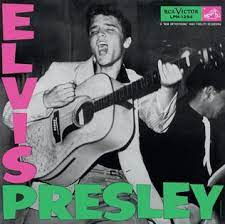
Trying To Get To You is an early Elvis song that can be found on the album "Elvis Presley" (also known as Elvis Presley's debut album or Elvis Presley Rock n' Roll No. 1). It was written by Rose Marie McCoy and Charles Singleton.
"Trying To Get To You" was released as a single in 1956. It reached number 33 on the Billboard Pop Singles chart and number 6 on the Billboard Country Singles chart.
The track is an emotional and soulful song about the struggles and determination of trying to reach a loved one. It portrays a sense of urgency and longing for connection, reflecting the narrator's relentless efforts to be with the person they desire.
No official music video was produced for "Trying To Get To You" due to its release predating the era of music videos.
Chords And Strumming
This one played with an E, A and B7 in standard tuning using a root down up root up down up rhythm pattern. No lead but a few riffs throughout.
Guitar Lesson Details - (chords & lyrics sheet incl with lesson)
Chords & LyricsBack To Song List
9. When My Blue Moon Turns To Gold Again - Learn To Play On Guitar
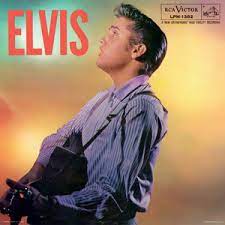
When My Blue Moon Turns To Gold Again was written in 1940 and first recorded in 1941 by the writers Wiley Walker and Gene Sullivan.
Elvis recorded the song years later in 1956 for his album Elvis. The song was never released as a single.
Chords And Strumming
I play this one in standard tuning using the chords E, A and B7 with a root down up down up and repeat rhythm patter, Some lead work required.
Guitar Lesson Details - (chords & lyrics sheet incl with lesson)
Chords & LyricsBack To Song List
10. You're A Heartbreaker
- Learn To Play On Guitar

You're A Heartbreaker was recorded in Dec of 1954 and became the B-side to the song Milkcow Blues Boogie. The track can be found on the album Elvis Presley The Complete Works 1953 - 1955.
Chords And Strumming
You'll need a D, D7, G, A and A7 chords for this one in standard tuning. Use a root down up down up down up and repeat rhythm pattern but no lead required, just a few riffs during the rhythm phase.
Guitar Lesson Details - (chords & lyrics sheet incl with lesson)
Chords & LyricsBack To Song List
Whether you’re exploring Elvis’s deep cuts or playing fan favorites like “Trying To Get To You” and “One Night With You,” Volume 3 completes the trilogy of 1950s guitar lessons with authenticity and fun.
These songs showcase Elvis’s evolving sound and offer a window into the raw energy that made him a global phenomenon.
Be sure to check out Volumes 1 and 2 if you haven’t already, and explore our other Elvis collections from the 60s, 70s, and beyond.
If you liked this Elvis songs in the 50s vol 3 page you might also like ... (click images)
Elvis Songs In The 50s
